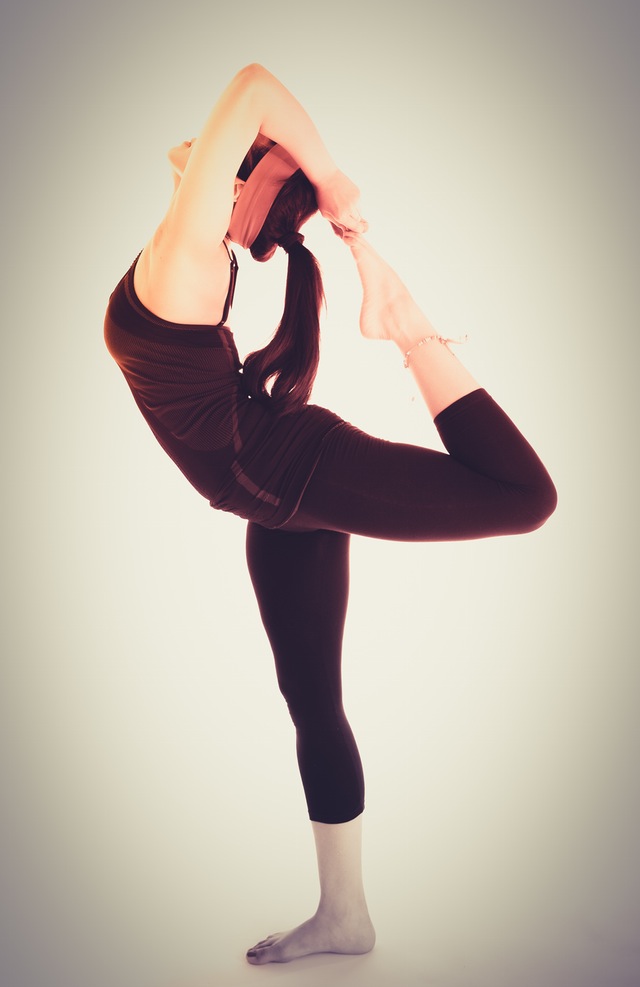Sure, we all know what basics professional women are supposed to have in their closets, but if you’re buying one for the first time or replacing one you’ve worn into the ground, it can be a pain to find exactly the right incarnation in stores. In “The Hunt,” we search the stores for a basic item that every woman should have.
Beige pumps and other “nude” heels are starting to hit the stores (just in time for our first blast of spring-like weather!), so I thought we’d go on a Hunt since we haven’t done one for beige heels in a while. As a reminder, beige pumps are a great neutral for all skin tones, but the theory is that the closer to your exact skin tone you can get with any shoe, the more elongating and flattering a look it can be with sheer hose or bare legs. (Here’s our last guide on when and how to wear pantyhose if you need a refresher!) Ladies, do you have any favorite beige/tan/pink/caramel/brown pumps that you love because they match your skin tone? Any perfect shades of beige heels that you love regardless of whether they match your skin tone? (Stay tuned for a separate roundup of beige flats!)
First, a roundup of some general categories of beige, nude-for-you heels:
Hall of Fame: Corso Como, Sam Edelman, Sole Society, Michael Michael Kors, Comfort Plus by Predictions, Stuart Weitzman, Salvatore Ferragamo (Carla), Salvatore Ferragamo (Varina) Comfort: Michael Michael Kors, Rockport, Comfort Plus by Predictions, Trotters, Stuart Weitzman, Salvatore Ferragamo, Anyi Lu (do check out our newly updated guide to comfortable heels) Under $100: Sole Society, Michael Michael Kors, Comfort Plus by Predictions, BCBGeneration, Lands’ End, Merona (wedge) Lower heels: Rockport, Michael Michael Kors, Calvin Klein, Ann Taylor, Banana Republic, Paul Mayer, Ivanka Trump, Kate Spade New York, Christian Louboutin, Louise et Cie, Stuart Weitzman, Salvatore Ferragamo Wedges: Cole Haan, Salvatore Ferragamo, Dirty Laundry, Merona, Via Spiga Different widths: Corso Como, Louise et Cie, Sam Edelman, Bella Vita (N M W WW), Trotters (NMW), Stuart Weitzman (NMW) Extended sizes (4-13): Bella Vita (5-12), BCBGeneration (5-12), Louise et Cie (4-11), Trotters (5-12), Stuart Weitzman (4-12) Pink pumps (which can be good if you’re super pale like me): Pour La Victoire, Kate Spade New York, Badgley Mischka, Ivanka Trump, Bettye by Bettye.
















